Using Montages to Create Powerful Imagery
Now that we’ve literally covered the “distance” with a look at the stationary camera shots that are set at certain distances from the action, we’re going to explore some other stationary shots. You may recall I noted that there are two kinds of camera shots: stationary and moving. All stationary shots imply the camera is “locked” in a fixed position for that segment of shooting, whereas moving shots are just what’s implied—moving while the scene is being filmed.
Although there are numerous stationary shots we could look at, I’ve chosen a handful of ones I feel transfer over well in novels, and which are also highly useful for achieving certain desired effects. The purpose of this year-long course is to see how writers can borrow from great screenwriting technique—not in how to structure story or plot but how to visually convey their scenes in a way to supercharge their novels. Using a Montage Shot is one great way to do this.
Just What Is a Montage?
A montage comprises a series of shots that are separate events, not connected in time (that’s a Series of Shots and we’ll look at that next). They move chronologically forward and they might cover just a few minutes or possibly years. But the purpose of a Montage Shot is to speed time up by “summarizing” what happens over a period of time regarding something specific. If you just want your next scene in your novel to take place three months after the scene before, you can just state that somewhere in the first few lines or in a subheading. Movies will jump ahead like that as well, making it clear in the opening moments that some amount of time has passed. But there are time when you want to show a progression of incidents, a gradual change that comes, specific to the plot and serving the needs of the plot.
Montages are very common in contemporary movies, especially in chick flicks. They can be used for a variety of reasons, but the main one I’ve noticed is to imply a passage of time. Often about two-thirds through a movie a great song (usually the movie’s hit song) will play while a montage takes place—one visual after another showing how some days or weeks have gone by, marked by the “progression” of what’s being shown.
Using Steps to Skip the Steps
Aside from the classic Rocky (1976, and some if not all of the other Rocky movies), with its montage of training shots, two movies come to mind, and both are centered around dancing: Footloose and Strictly Ballroom. I happen to love movies with dance scenes (prefer them over fighting ones), and the montage scenes in these two movies are classic. In fact, I can think of two montage/dance scenes in Strictly Ballroom. Maybe there are even more. But they are a great tool to use when you want to speed up time and events and move ahead to the next big, important event in the story.
In Footloose, Kevin Bacon’s character, Ren McCormack, has told his two friends he’s going to take them to a dance despite their being forbidden to go. Ariel is a natural, but Willard can’t dance—so Ren says he’ll teach him. What follows is a montage of shots showing a progression of Willard going from having two left feet to actually being able to seriously bust some moves. In the movie, the sequence only lasts as long as Denice Williams can sing “Let’s Hear It for the Boy.” We get the feeling that hours have passed by the time it’s over, and that’s the point. Who wants to watch hours of someone learning to dance? No one. So this is a nifty way of fast-forwarding time.
The same exact thing is done in Strictly Ballroom. Tryouts are held in the search for a new partner for Scott Hastings—ballroom dance phenomenon. A montage of clips plays showing a string of really bad dancers on the screen, implying days are going by with no success to find the ideal partner for Scott. In another part of the movie, we watch Scott and Francesca practice for the big ballroom competition (The Pan-Pacific Grand Prix Dancing Championship) to Cyndi Lauper singing “Time after Time.” Fran is a pathetic frumpy beginner, but by the end of the sequence she’s actually starting to look pretty darn good. By the end of the movie, she’s turned from ugly duckling into Cinderella, perfect for this fairy-tale story.
You’ve Seen Them Everywhere
You can probably think of a number of movies that use a montage of scenes, and since they’re so popular it begs the question: How can novelists utilize this camera technique effectively to accomplish the same thing—moving time along and leaving the reader with a particular emotional resonance? Okay, I do have to mention before moving on the great montage scene in Robin Hood: Prince of Thieves (1991) in which Kevin 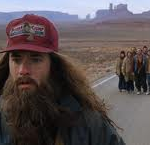 Costner as Robin Hood is gearing up with weapons and other accoutrements for war while a rousing song plays in the background. And don’t forget Forrest Gump running back and forth across the US for three years, two months, and fourteen days to Jackson Browne singing “Running on Empty.” And then there’s The Karate Kid, Ghostbusters, Scarface, The Naked Gun, Fight Club, Ferris Bueller’s Day Off . . .
Costner as Robin Hood is gearing up with weapons and other accoutrements for war while a rousing song plays in the background. And don’t forget Forrest Gump running back and forth across the US for three years, two months, and fourteen days to Jackson Browne singing “Running on Empty.” And then there’s The Karate Kid, Ghostbusters, Scarface, The Naked Gun, Fight Club, Ferris Bueller’s Day Off . . .
Now that you know a little bit about montages and how they are used in movies, next week we’ll explore the way novelists can use this technique to great effect in their novels.
This week, think about some of these movie scenes and if you can, watch a few. See how images are edited to give the feeling of time passing at a fast rate. Can you think of some places in your novel where you may want to do similarly? Make a note of this, so next week you can see how to go about creating a montage in your story.

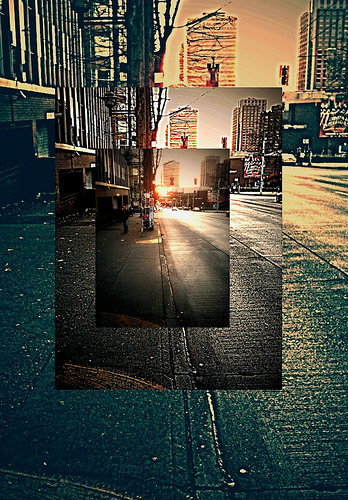
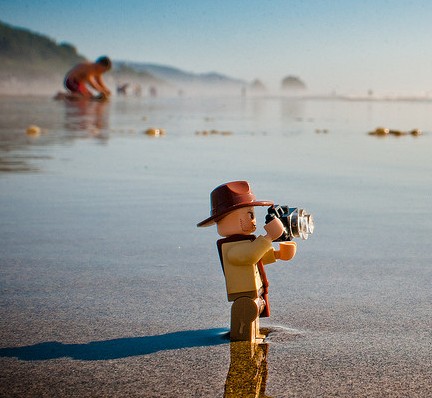
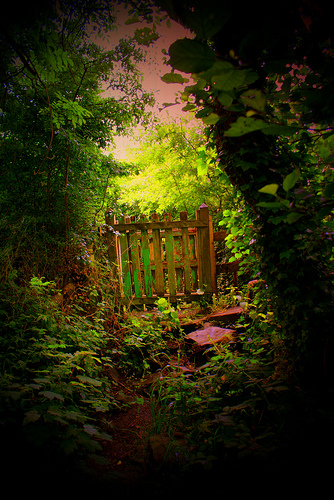
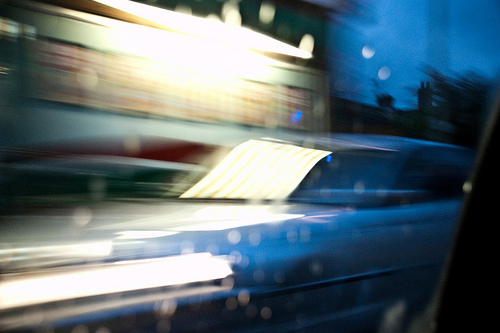
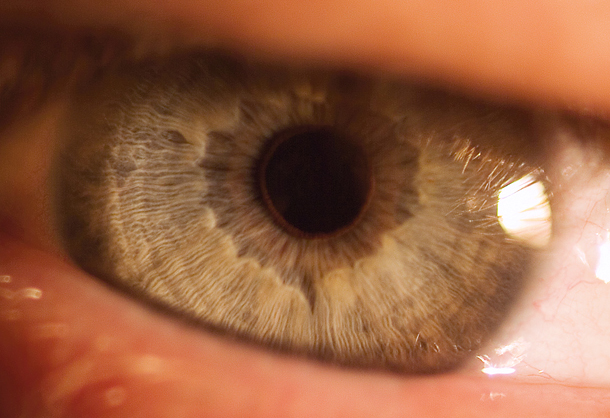
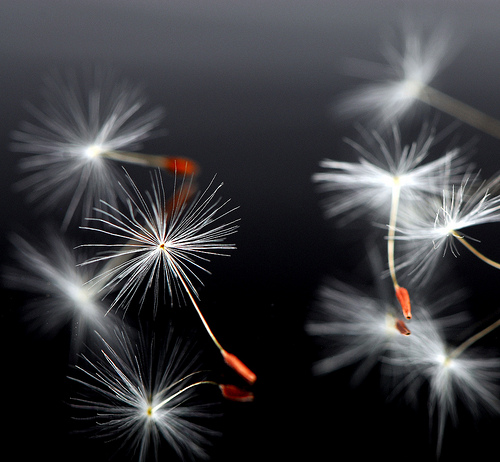
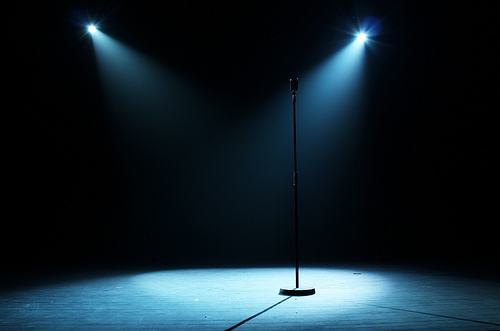




Can’t wait for next week to see how this works in a novel setting. You’ve got me intrigued… 😉
I’m intrigued, too. I’ll probably be slapping my forehead next week, but I know I’ll learn something from you. This series is wonderful!
I kept wondering “This is all nice, but how can I use it!?” Then I saw this was the introductory post. Can’t wait for next week!
Yep, we’ll be looking at some great examples of how montages can be done in novels. It’s a powerful cinematic technique that, once you use it, you’ll want to find places for it in your novels.
Garnered from today’s RefDesk (dot com) — a very well-constructed article for some supplemental reading.
http://encyclopedia.thefreedictionary (DOT COM) /Continuity+editing
(Notice that I’ve broken the links in case this site prohibits hot-linking in posts.)
Film techniques truly are a rich source of ideas for adding complexity and interest to your written scenes. I don’t know if it’s an unconscious influence from film, but I’ve found that I already use some of these techniques in my novel.
Looking forward to learning how to use this in a novel – it would help my story greatly. Thanks, Mindy